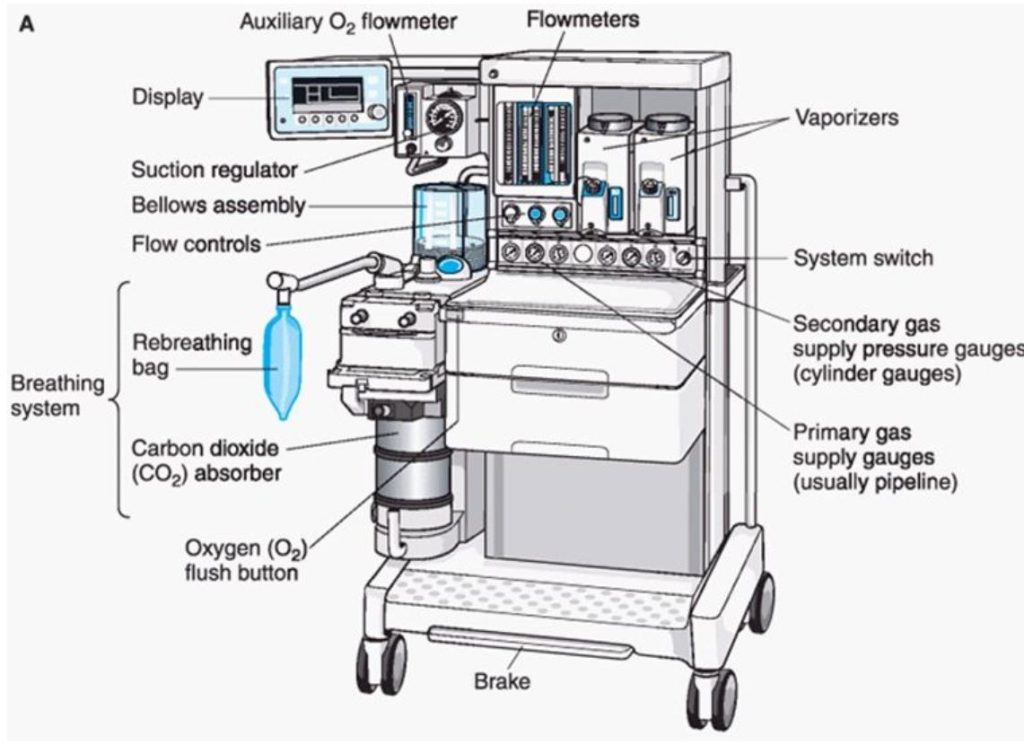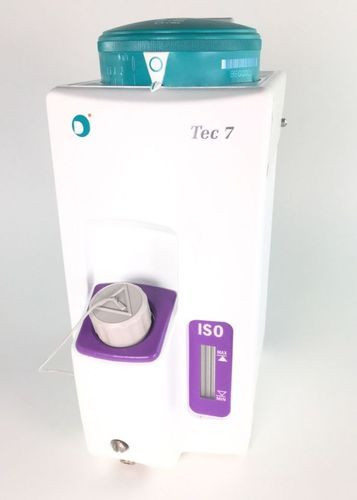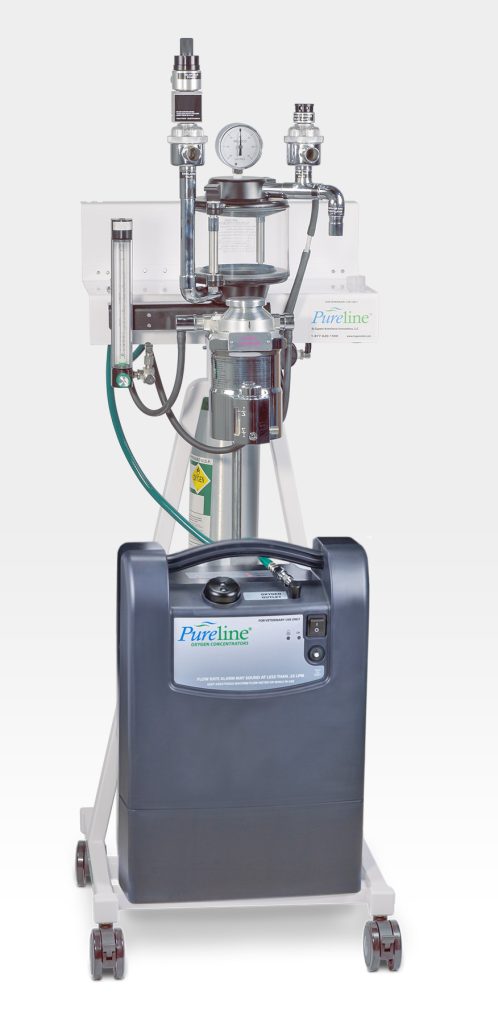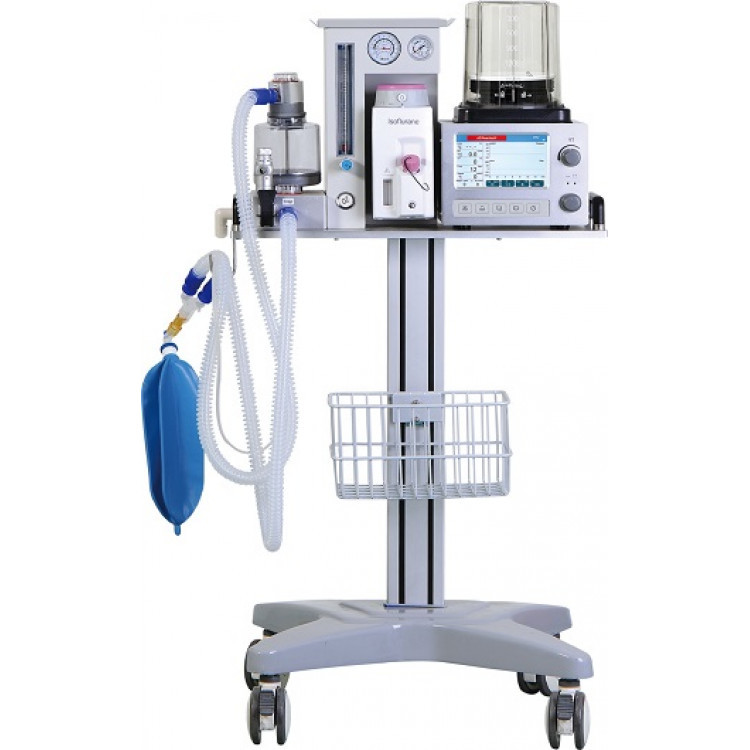What is an O2 leak?
An O2 leak is a problem with the oxygen supply to an anesthesia machine. It can occur when the valve that releases oxygen from the tanks into the machine becomes blocked. This can lead to low levels of oxygen in the machine, which could potentially cause serious problems for patients.
Explanation:
If there’s a problem with the air flow into an anesthesia machine, it could result in low levels of oxygen being delivered to patients. This could cause problems like confusion and difficulty breathing, which could be life-threatening. So it’s important to check for any signs of an O2 leak as soon as you notice anything wrong with your equipment.
What are the consequences of an O2 leak?
The consequences of an O2 leak can be life-threatening. If you notice an O2 leak in your anesthesia machine, immediately turn off the machine and contact your anesthesia provider.
Explanation:
Anesthesia machines use oxygen to keep patients anaesthetized during surgery or other medical procedures. If there is a significant O2 leak, it could cause serious health complications for the patient. Immediately turn off the machine and contact your anesthesia provider if you suspect that there is a major O2 leak in your machine.
How can you check for an O2 leak in an anesthesia machine?
To check for an O2 leak in an anesthesia machine, you’ll need to do a pressure test.
Explanation:
A pressure test is the simplest way to check for an O2 leak in an anesthesia machine. You can do it by using a gauge to measure the pressure inside the machine. If the pressure is low, there may be a leak that’s causing low oxygen levels.
What are some common causes of O2 leaks in anesthesia machines?
Common causes of O2 leaks in anesthesia machines include worn or defective parts, incorrect settings, and poor maintenance.
Explanation:
O2 is a gas that is used in anesthesiology to provide pain relief and other medical treatments. Leaks can occur when the machine doesn’t use enough O2 or when it uses too much O2. Worn or defective parts can cause leaks, as can incorrect settings. Poor maintenance can also lead to oxygen leakages.
How can you prevent O2 leaks in anesthesia machines?
To prevent O2 leaks in anesthesia machines, you need to make sure that the equipment is properly maintained and that the seals are intact. You can also check for leaks by using a leak detector.
Explanation:
O2 leakage from an anesthesia machine can be dangerous, and it’s important to take action if you notice a leak. Here are some tips on how to prevent O2 leaks in an anesthesia machine:
Make sure that the equipment is properly maintained – Maintaining your anesthesia machine regularly will help keep it functioning correctly and preventing potential accidents.
Check for leaks – A leak detector can help you identify any possible leaks before they become serious problems.
Take action if there’s a leak – If there’s evidence of a gas leak, act quickly to shut down the machine and address the issue.

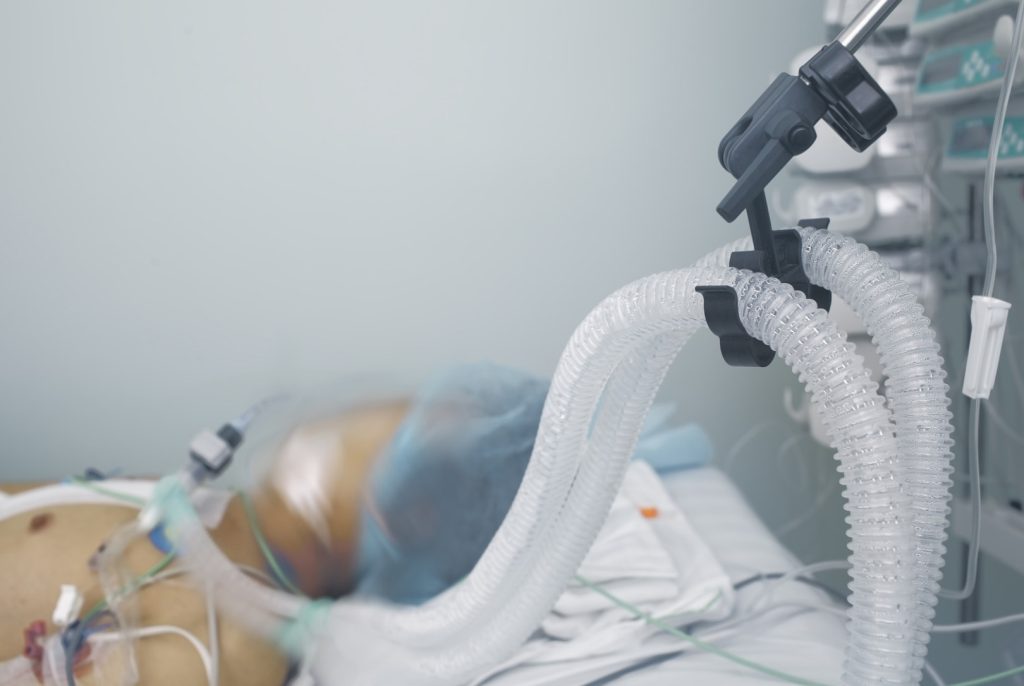
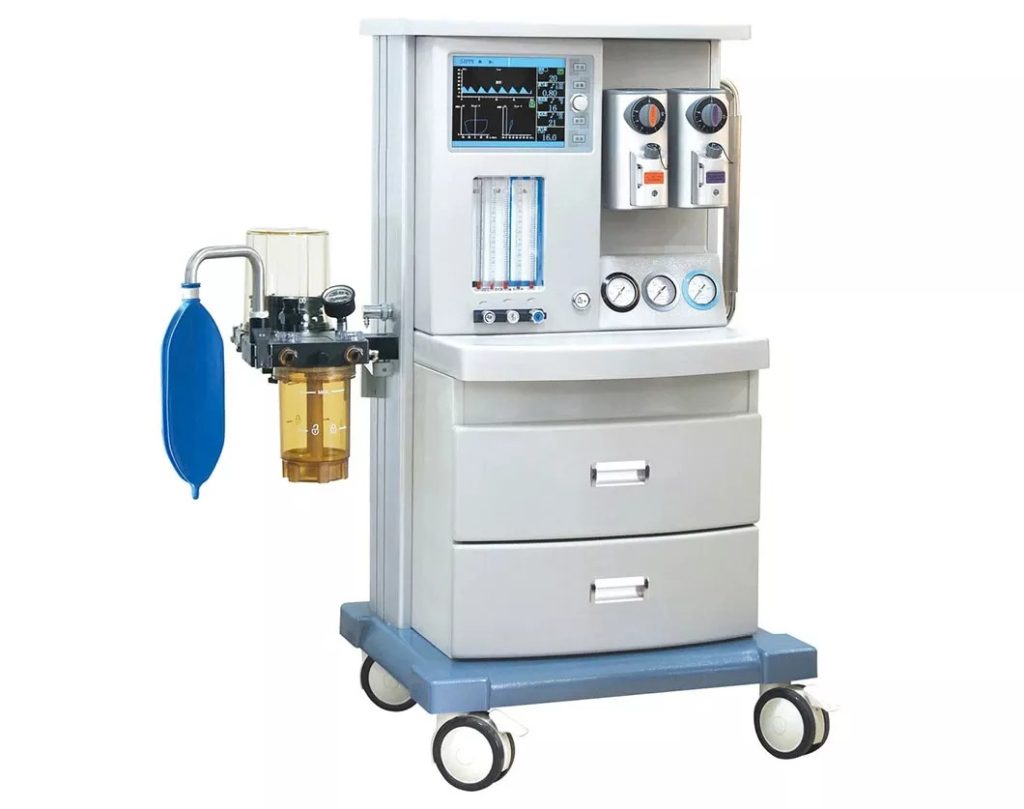
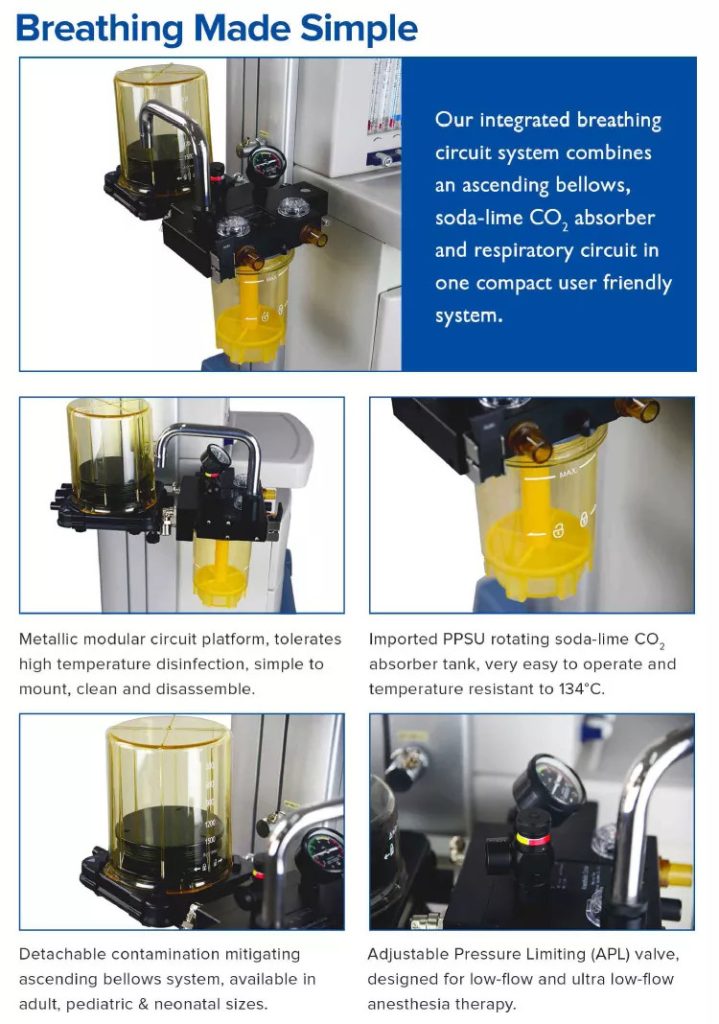
![The [Complete] Guide to Buying Anesthesia Machines](https://www.anesthesia-news.com/wp-content/uploads/2022/08/anesthesiamachine3.jpg)

![How to Find the [PEEP Valve] on an Anesthesia Machine](https://www.anesthesia-news.com/wp-content/uploads/2022/09/peep-valve.jpg)
